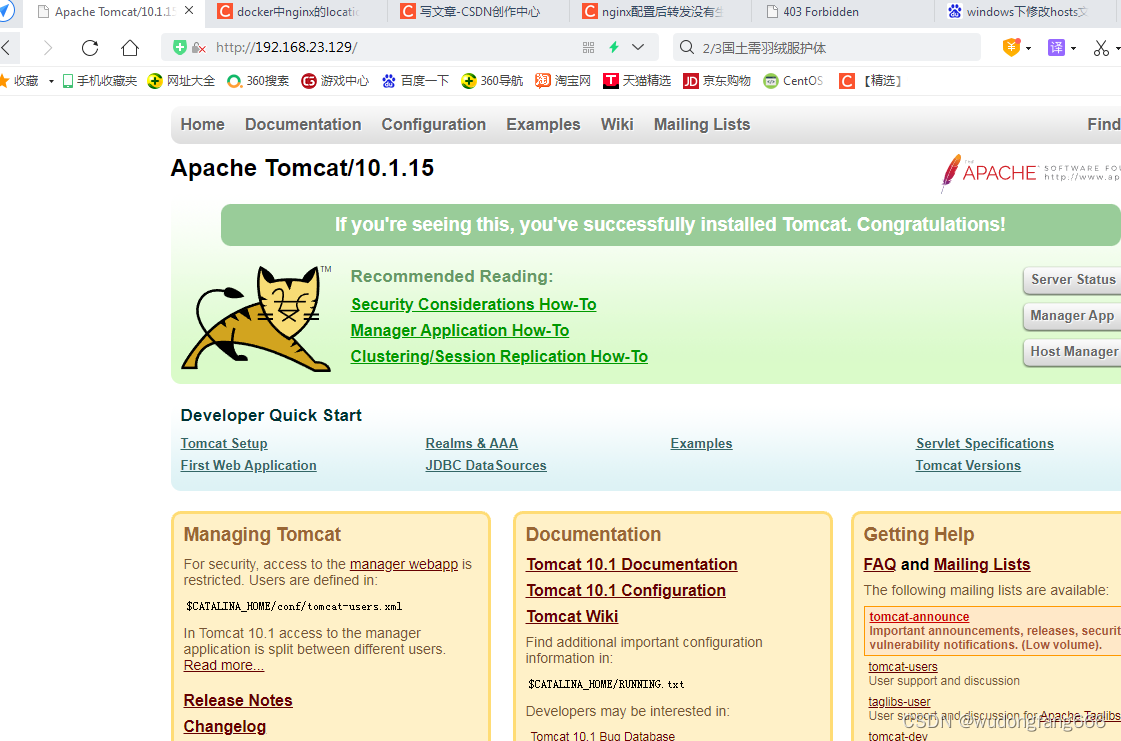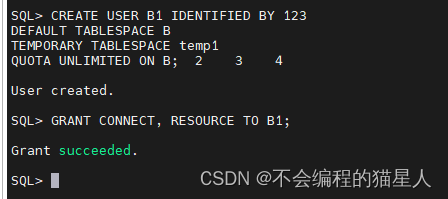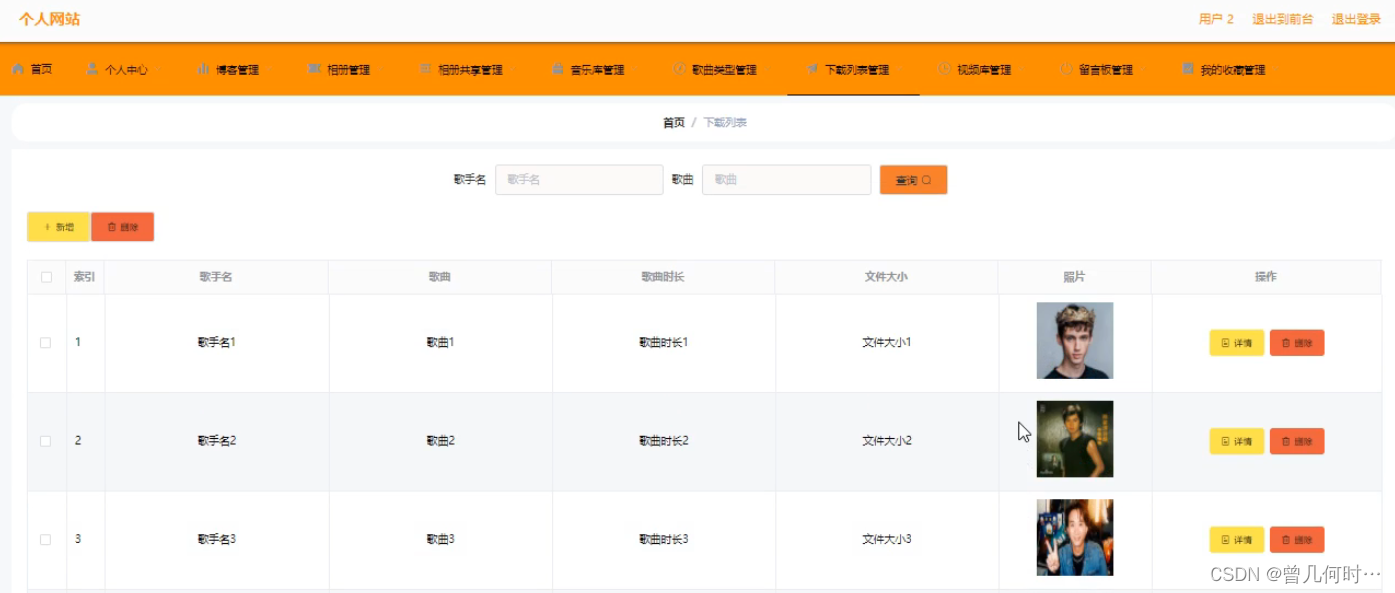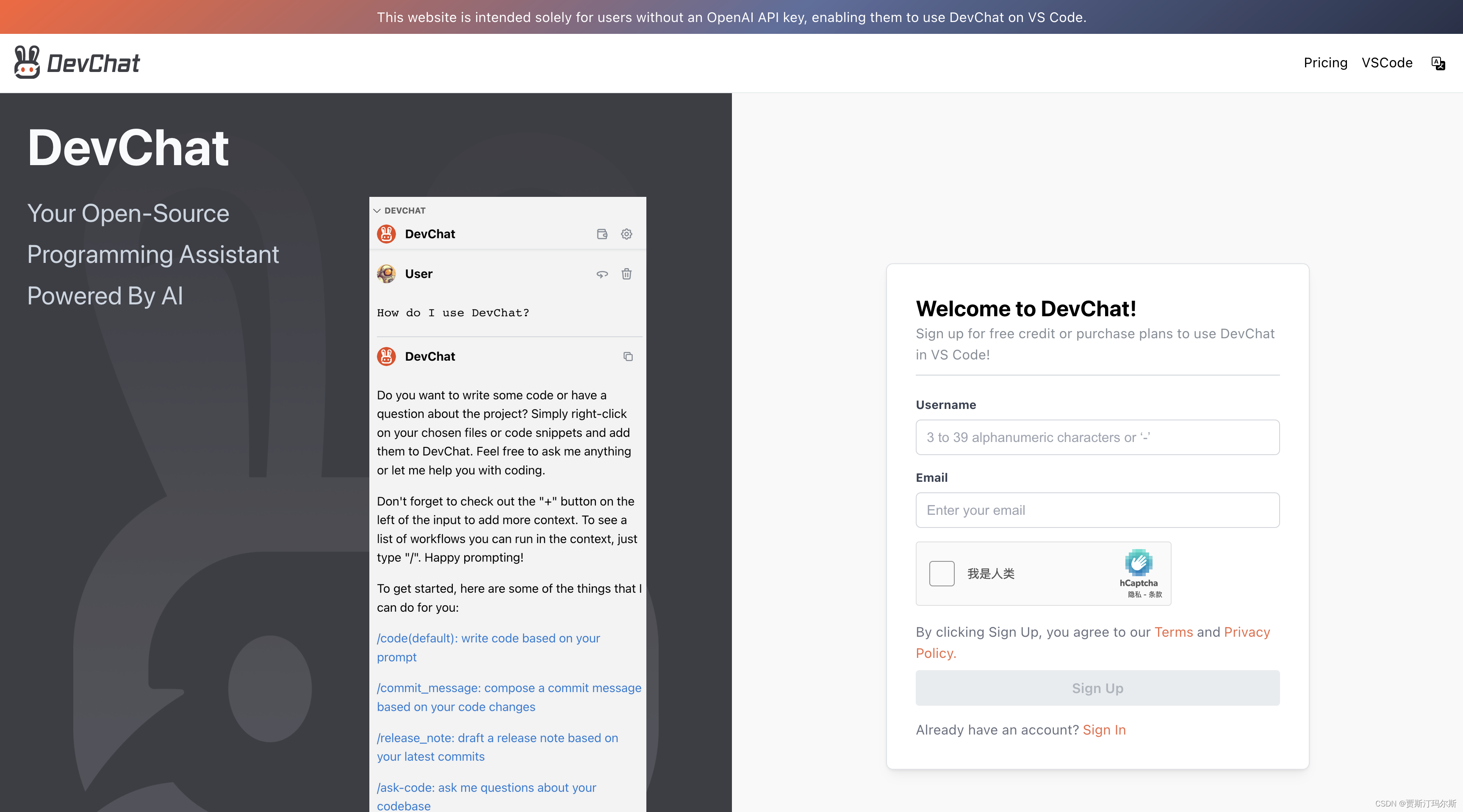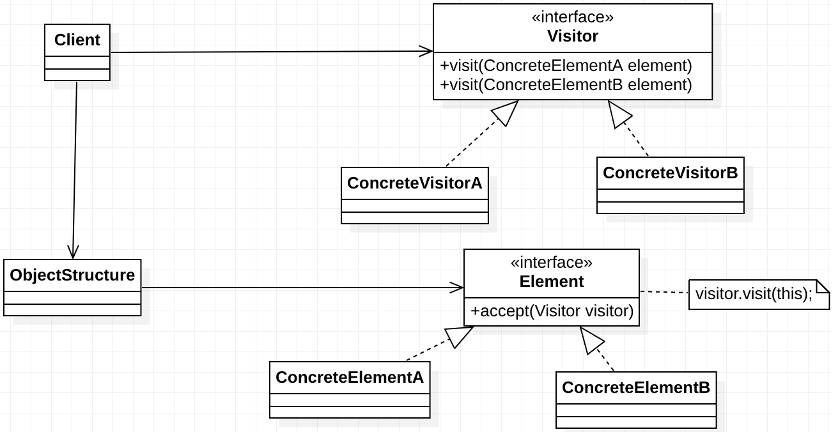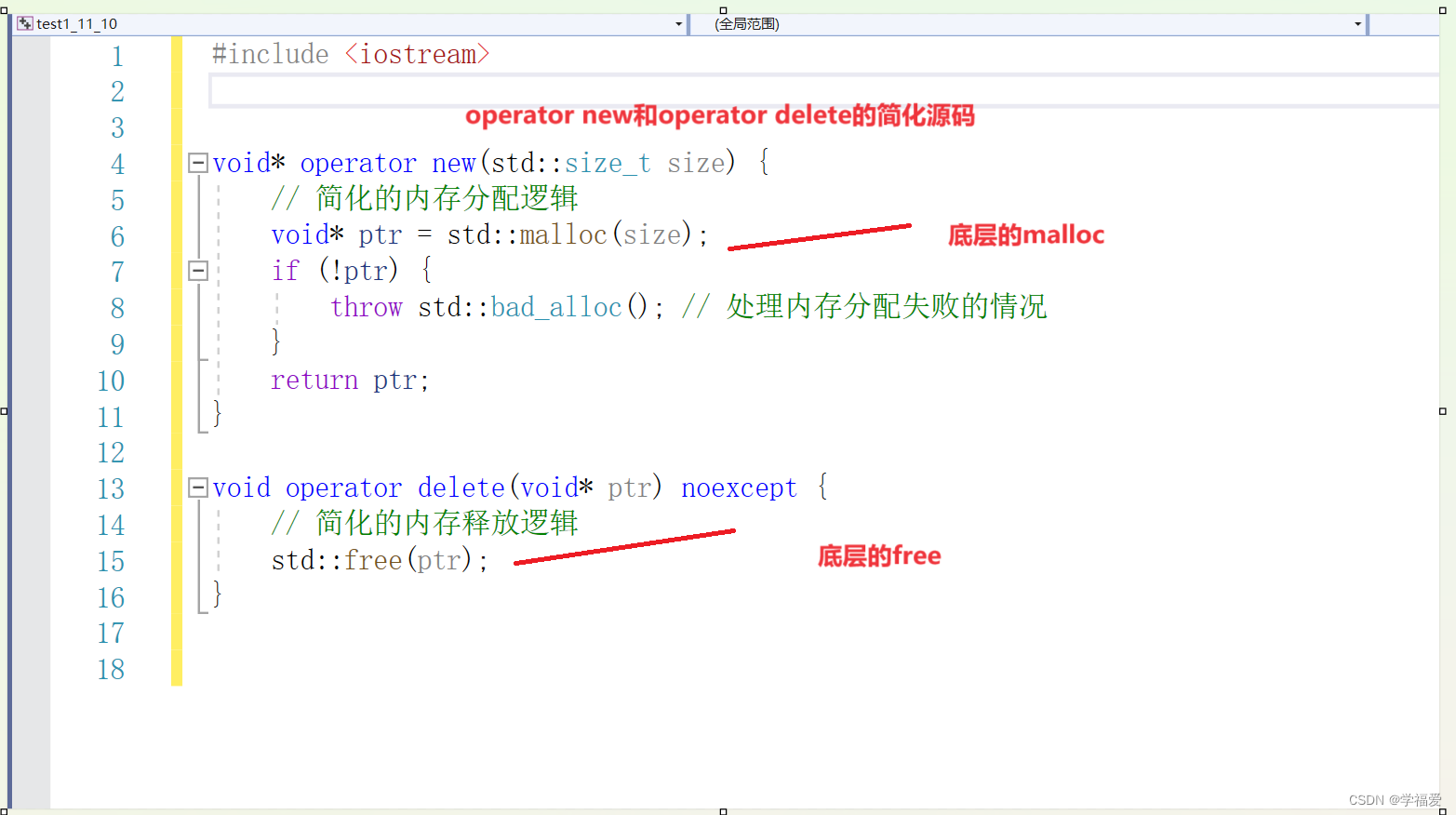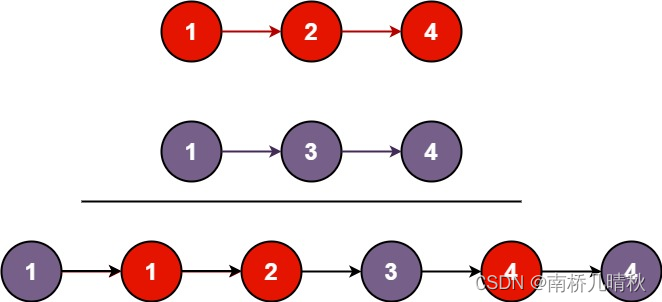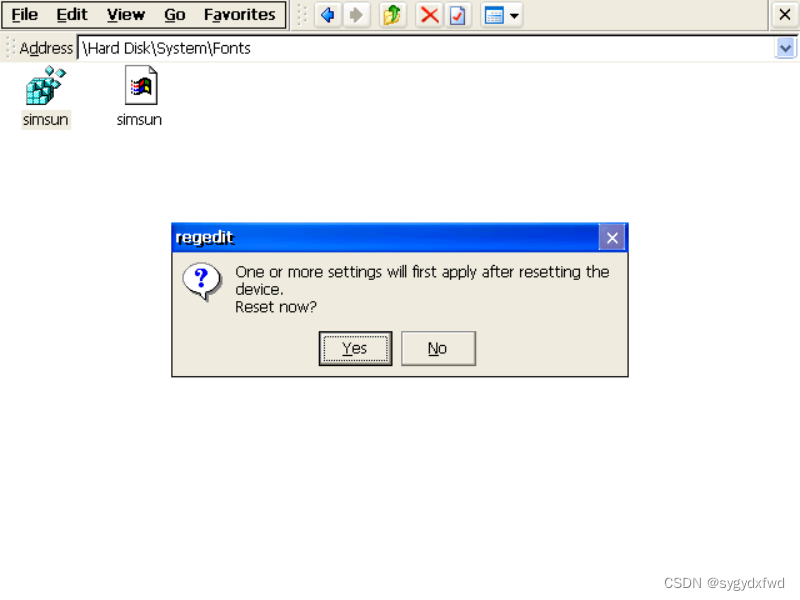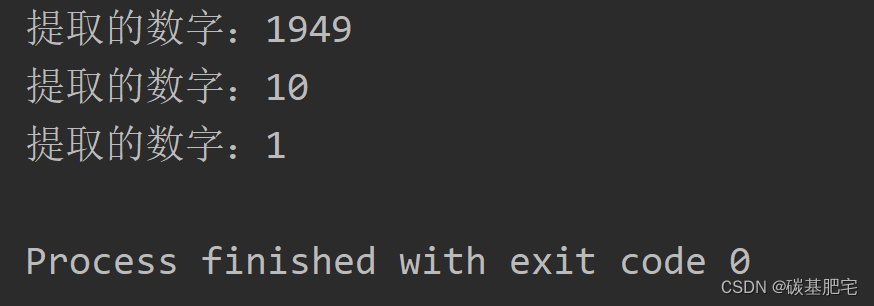目录
前言
一、SSM项目整合Redis
1.导入pom依赖
2.Spring-redis相关配置
3.Spring上下文配置
二、redis注解式缓存
1.@Cacheable 注解
2.@CachePut 注解
3.@CacheEvict 注解
三、redis击穿、穿透、雪崩
1. 缓存击穿
2. 缓存穿透
3. 缓存雪崩
前言
当将SSM项目与Redis整合,并使用Redis注解式开发时,避免缓存击穿、缓存穿透和缓存雪崩是至关重要的。下面我将为你写一篇详细的博客,涵盖这些内容。
一、SSM项目整合Redis
在SSM项目中,将Redis作为缓存,可以大大提高系统的性能和吞吐量。整合过程主要包括引入依赖、配置Redis连接等进行进行操作。
1.导入pom依赖
<redis.version>2.9.0</redis.version>
<redis.spring.version>1.7.1.RELEASE</redis.spring.version>
<dependency>
<groupId>redis.clients</groupId>
<artifactId>jedis</artifactId>
<version>${redis.version}</version>
</dependency>
<dependency>
<groupId>org.springframework.data</groupId>
<artifactId>spring-data-redis</artifactId>
<version>${redis.spring.version}</version>
</dependency>2.Spring-redis相关配置
配置文件redis.properties
redis.hostName=192.168.195.139
redis.port=6379
redis.password=123456
redis.timeout=10000
redis.maxIdle=300
redis.maxTotal=1000
redis.maxWaitMillis=1000
redis.minEvictableIdleTimeMillis=300000
redis.numTestsPerEvictionRun=1024
redis.timeBetweenEvictionRunsMillis=30000
redis.testOnBorrow=true
redis.testWhileIdle=true
redis.expiration=3600Spring-redis.xml
- 注册 redis.properties
- 配置数据源
- 连接工厂
- 配置序列化
- 配置redis的key生成策略
<?xml version="1.0" encoding="UTF-8"?>
<beans xmlns="http://www.springframework.org/schema/beans"
xmlns:xsi="http://www.w3.org/2001/XMLSchema-instance"
xmlns:context="http://www.springframework.org/schema/context"
xmlns:cache="http://www.springframework.org/schema/cache"
xsi:schemaLocation="http://www.springframework.org/schema/beans
http://www.springframework.org/schema/beans/spring-beans.xsd
http://www.springframework.org/schema/context
http://www.springframework.org/schema/context/spring-context.xsd
http://www.springframework.org/schema/cache
http://www.springframework.org/schema/cache/spring-cache.xsd">
<!-- 1. 引入properties配置文件 -->
<!--<context:property-placeholder location="classpath:redis.properties" />-->
<!-- 2. redis连接池配置-->
<bean id="poolConfig" class="redis.clients.jedis.JedisPoolConfig">
<!--最大空闲数-->
<property name="maxIdle" value="${redis.maxIdle}"/>
<!--连接池的最大数据库连接数 -->
<property name="maxTotal" value="${redis.maxTotal}"/>
<!--最大建立连接等待时间-->
<property name="maxWaitMillis" value="${redis.maxWaitMillis}"/>
<!--逐出连接的最小空闲时间 默认1800000毫秒(30分钟)-->
<property name="minEvictableIdleTimeMillis" value="${redis.minEvictableIdleTimeMillis}"/>
<!--每次逐出检查时 逐出的最大数目 如果为负数就是 : 1/abs(n), 默认3-->
<property name="numTestsPerEvictionRun" value="${redis.numTestsPerEvictionRun}"/>
<!--逐出扫描的时间间隔(毫秒) 如果为负数,则不运行逐出线程, 默认-1-->
<property name="timeBetweenEvictionRunsMillis" value="${redis.timeBetweenEvictionRunsMillis}"/>
<!--是否在从池中取出连接前进行检验,如果检验失败,则从池中去除连接并尝试取出另一个-->
<property name="testOnBorrow" value="${redis.testOnBorrow}"/>
<!--在空闲时检查有效性, 默认false -->
<property name="testWhileIdle" value="${redis.testWhileIdle}"/>
</bean>
<!-- 3. redis连接工厂 -->
<bean id="connectionFactory" class="org.springframework.data.redis.connection.jedis.JedisConnectionFactory"
destroy-method="destroy">
<property name="poolConfig" ref="poolConfig"/>
<!--IP地址 -->
<property name="hostName" value="${redis.hostName}"/>
<!--端口号 -->
<property name="port" value="${redis.port}"/>
<!--如果Redis设置有密码 -->
<property name="password" value="${redis.password}"/>
<!--客户端超时时间单位是毫秒 -->
<property name="timeout" value="${redis.timeout}"/>
</bean>
<!-- 4. redis操作模板,使用该对象可以操作redis
hibernate课程中hibernatetemplete,相当于session,专门操作数据库。
-->
<bean id="redisTemplate" class="org.springframework.data.redis.core.RedisTemplate">
<property name="connectionFactory" ref="connectionFactory"/>
<!--如果不配置Serializer,那么存储的时候缺省使用String,如果用User类型存储,那么会提示错误User can't cast to String!! -->
<property name="keySerializer">
<bean class="org.springframework.data.redis.serializer.StringRedisSerializer"/>
</property>
<property name="valueSerializer">
<bean class="org.springframework.data.redis.serializer.GenericJackson2JsonRedisSerializer"/>
</property>
<property name="hashKeySerializer">
<bean class="org.springframework.data.redis.serializer.StringRedisSerializer"/>
</property>
<property name="hashValueSerializer">
<bean class="org.springframework.data.redis.serializer.GenericJackson2JsonRedisSerializer"/>
</property>
<!--开启事务 -->
<property name="enableTransactionSupport" value="true"/>
</bean>
<!-- 5.配置缓存管理器 -->
<bean id="redisCacheManager" class="org.springframework.data.redis.cache.RedisCacheManager">
<constructor-arg name="redisOperations" ref="redisTemplate"/>
<!--redis缓存数据过期时间单位秒-->
<property name="defaultExpiration" value="${redis.expiration}"/>
<!--是否使用缓存前缀,与cachePrefix相关-->
<property name="usePrefix" value="true"/>
<!--配置缓存前缀名称-->
<property name="cachePrefix">
<bean class="org.springframework.data.redis.cache.DefaultRedisCachePrefix">
<constructor-arg index="0" value="-cache-"/>
</bean>
</property>
</bean>
<!--6.配置缓存生成键名的生成规则-->
<bean id="cacheKeyGenerator" class="com.ctb.ssm.redis.CacheKeyGenerator"></bean>
<!--7.启用缓存注解功能-->
<cache:annotation-driven cache-manager="redisCacheManager" key-generator="cacheKeyGenerator"/>
</beans>注意:redis.properties与jdbc.properties在与Spring做整合时会发生冲突;所以引入配置文件的地方要放到SpringContext.xml中
3.Spring上下文配置
SpringContext.xml
<?xml version="1.0" encoding="UTF-8"?>
<beans xmlns="http://www.springframework.org/schema/beans"
xmlns:xsi="http://www.w3.org/2001/XMLSchema-instance"
xsi:schemaLocation="http://www.springframework.org/schema/beans http://www.springframework.org/schema/beans/spring-beans.xsd">
<!--1. 引入外部多文件方式 -->
<bean id="propertyConfigurer"
class="org.springframework.beans.factory.config.PropertyPlaceholderConfigurer">
<property name="systemPropertiesModeName" value="SYSTEM_PROPERTIES_MODE_OVERRIDE" />
<property name="ignoreResourceNotFound" value="true" />
<property name="locations">
<list>
<value>classpath:jdbc.properties</value>
<value>classpath:redis.properties</value>
</list>
</property>
</bean>
<!--引入mybatis的相关配置文件-->
<import resource="applicationContext-mybatis.xml"></import>
<!--spring管理ehcache对应配置文件-->
<import resource="applicationContext-ehcache.xml"></import>
<!--spring管理redis对应配置文件-->
<import resource="applicationContext-redis.xml"></import>
<import resource="applicationContext-shiro.xml"/>
</beans>二、redis注解式缓存
首先需要一个缓冲策略类,用于存储信息
package com.ctb.ssm.redis;
import lombok.extern.slf4j.Slf4j;
import org.springframework.cache.interceptor.KeyGenerator;
import org.springframework.util.ClassUtils;
import java.lang.reflect.Array;
import java.lang.reflect.Method;
@Slf4j
public class CacheKeyGenerator implements KeyGenerator {
// custom cache key
public static final int NO_PARAM_KEY = 0;
public static final int NULL_PARAM_KEY = 53;
@Override
public Object generate(Object target, Method method, Object... params) {
StringBuilder key = new StringBuilder();
key.append(target.getClass().getSimpleName()).append(".").append(method.getName()).append(":");
if (params.length == 0) {
key.append(NO_PARAM_KEY);
} else {
int count = 0;
for (Object param : params) {
if (0 != count) {//参数之间用,进行分隔
key.append(',');
}
if (param == null) {
key.append(NULL_PARAM_KEY);
} else if (ClassUtils.isPrimitiveArray(param.getClass())) {
int length = Array.getLength(param);
for (int i = 0; i < length; i++) {
key.append(Array.get(param, i));
key.append(',');
}
} else if (ClassUtils.isPrimitiveOrWrapper(param.getClass()) || param instanceof String) {
key.append(param);
} else {//Java一定要重写hashCode和eqauls
key.append(param.hashCode());
}
count++;
}
}
String finalKey = key.toString();
// IEDA要安装lombok插件
log.debug("using cache key={}", finalKey);
return finalKey;
}
}1.@Cacheable 注解
配置在方法或类上,作用:本方法执行后,先去缓存看有没有数据,如果没有,从数据库中查找出来,给缓存中存一份,返回结果, 下次本方法执行,在缓存未过期情况下,先在缓存中查找,有的话直接返回,没有的话从数据库查找
value:缓存位置的一段名称,不能为空 key:缓存的key,默认为空,表示使用方法的参数类型及参数值作为key,支持SpEL condition:触发条件,满足条件就加入缓存,默认为空,表示全部都加入缓存,支持SpEL
@Cacheable测试代码
@Cacheable(value = "user-clz",key = "'clz:'+#cid",condition = "#cid < 4")
Clazz selectByPrimaryKey(Integer cid);测试类
package com.ctb.shiro;
import com.ctb.ssm.biz.ClazzBiz;
import org.junit.Test;
import org.junit.runner.RunWith;
import org.springframework.beans.factory.annotation.Autowired;
import org.springframework.test.context.ContextConfiguration;
import org.springframework.test.context.junit4.SpringJUnit4ClassRunner;
@RunWith(SpringJUnit4ClassRunner.class)
@ContextConfiguration(locations={"classpath:applicationContext.xml"})
public class ClazzBizTest {
@Autowired
private ClazzBiz clazzBiz;
@Test
public void test1(){
System.out.println(clazzBiz.selectByPrimaryKey(10));
System.out.println(clazzBiz.selectByPrimaryKey(10));
}
}结果:redis中有数据,则访问redis;如果没有数据,则访问MySQL;
2.@CachePut 注解
类似于更新操作,即每次不管缓存中有没有结果,都从数据库查找结果,并将结果更新到缓存,并返回结果
value: 缓存的名称,在 spring 配置文件中定义,必须指定至少一个 key: 缓存的 key,可以为空,如果指定要按照 SpEL 表达式编写,如果不指定,则缺省按照方法的所有参数进行组合 condition: 缓存的条件,可以为空,使用 SpEL 编写,返回 true 或者 false,只有为 true 才进行缓存
@CachePut测试代码
@Cacheable(value = "clz",key = "'cid:'+#cid",condition = "#cid > 5")
Clazz selectByPrimaryKey(Integer cid);
测试类
@Test
public void test2(){
// 测试 Cacheput 中的 key
System.out.println(clazzBiz.selectByPrimaryKey(4));
System.out.println(clazzBiz.selectByPrimaryKey(4));
}结果:只存不取
3.@CacheEvict 注解
用来清除用在本方法或者类上的缓存数据(用在哪里清除哪里)
value:缓存位置的一段名称,不能为空 key:缓存的key,默认为空,表示使用方法的参数类型及参数值作为key,支持SpEL condition:触发条件,满足条件就加入缓存,默认为空,表示全部都加入缓存,支持SpEL allEntries:true表示清除value中的全部缓存,默认为false
@CacheEvict测试代码
@CacheEvict(value = "user-clz-put",allEntries = true) // 删除以 user-clz-put开头的 缓存
int deleteByPrimaryKey(Integer cid);测试类
@Test
public void test3(){
// 测试 CacheEvict 中的 key
clazzBiz.deleteByPrimaryKey(4);
}结果:可以配置删除指定缓存数据,也可以删除符合规则的所有缓存数据;
三、redis击穿、穿透、雪崩
1. 缓存击穿
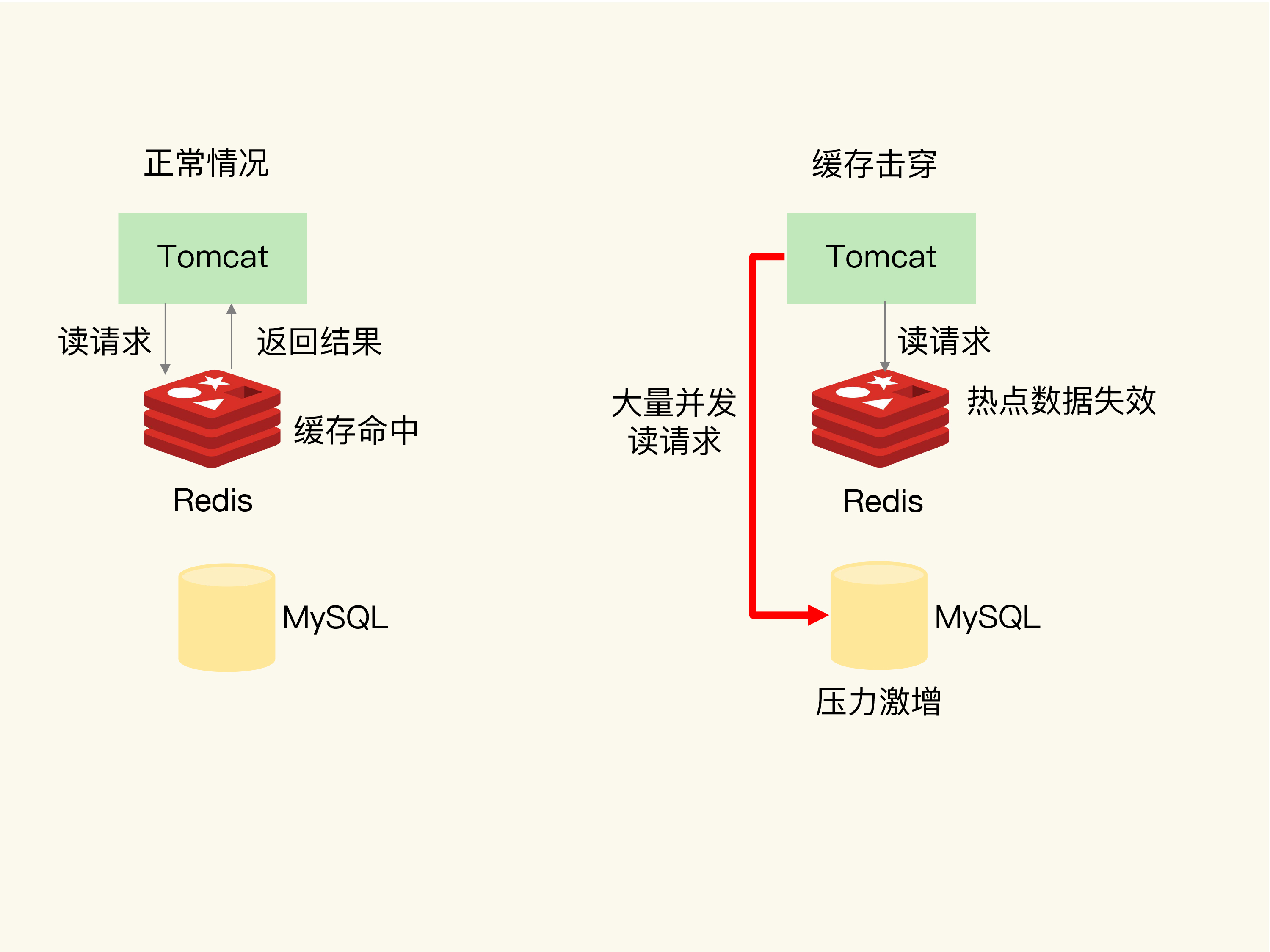
问题描述:缓存击穿是指当某个热点数据失效后,大量并发请求直接打到数据库上,造成数据库压力激增。
解决方案:
- 使用互斥锁(Mutex Lock)或分布式锁(Distributed Lock)来保护对数据库的访问,确保只有一个线程可以进行数据库查询操作。
- 针对热点数据,设置永不过期的缓存策略,或者使用预加载机制,在数据失效之前提前刷新缓存。
2. 缓存穿透
 问题描述:缓存穿透是指恶意或不存在的请求经过缓存直接访问数据库,由于缓存中没有相关数据,每次请求都会直接查询数据库,导致数据库负载过大。
问题描述:缓存穿透是指恶意或不存在的请求经过缓存直接访问数据库,由于缓存中没有相关数据,每次请求都会直接查询数据库,导致数据库负载过大。
解决方案:
- 使用布隆过滤器(Bloom Filter)等技术来识别不存在的数据,避免对数据库造成压力。
- 对不存在的数据也进行缓存,但设置较短的过期时间,避免无效数据长时间存放在缓存中。
3. 缓存雪崩
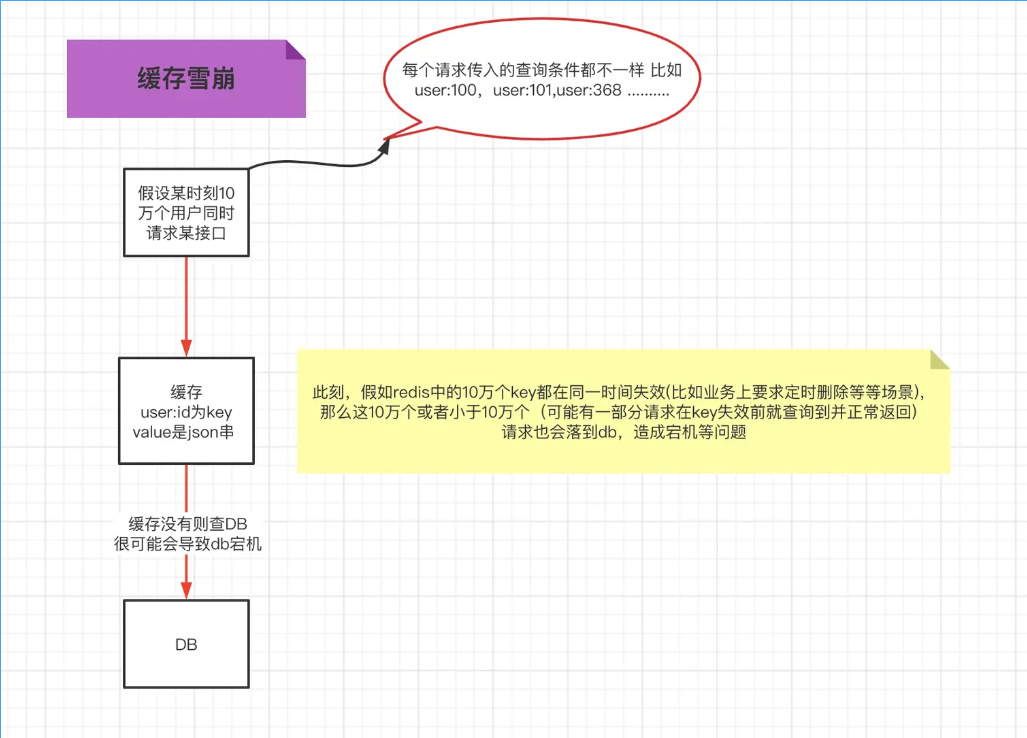
问题描述:缓存雪崩是指当缓存中大量的数据同时失效,导致大量请求直接打到数据库上,引起数据库压力骤增。
解决方案:
- 设置缓存数据过期时间错开,通过随机的方式为缓存设置过期时间,避免大量缓存同时失效。
- 使用热点数据永不过期的方式,或者预先设置好热点数据的缓存过期时间,确保重要数据的稳定性。
